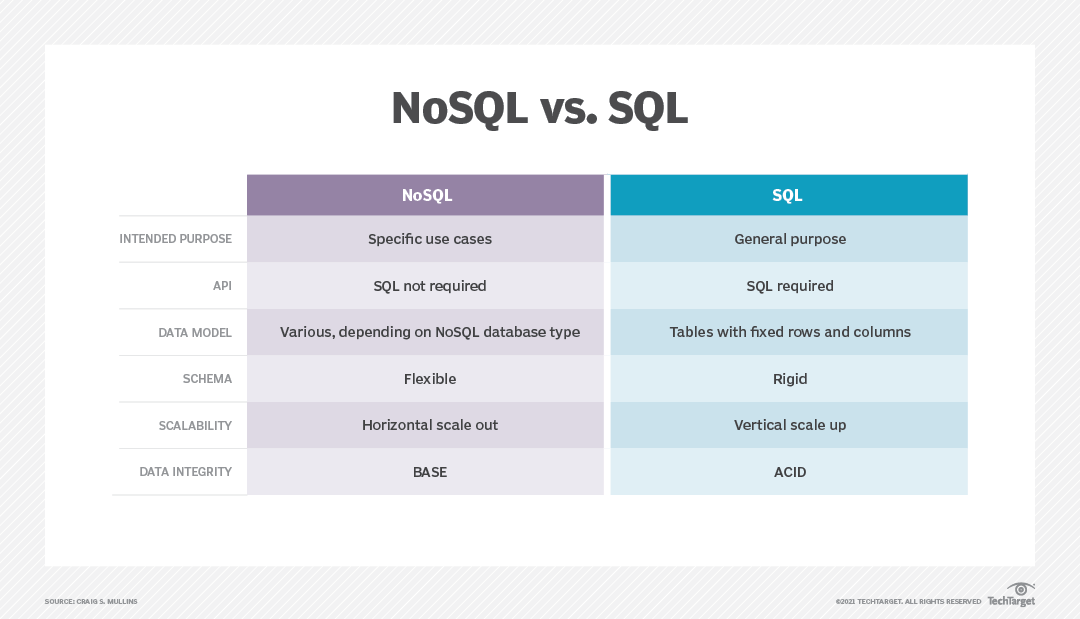
MMS • RSS
Posted on nosqlgooglealerts. Visit nosqlgooglealerts
DevOps Career Roadmap
DevOps is all about people using the latest tools to create new processes so they can continuously deploy applications into production.
If you want to be a DevOps Engineer, here’s the 2023 DevOps roadmap you’ll want to follow:
- Commit to the Agile principles
- Become a competent coder
- Learn Linux
- Learn Git
- Learn to Automate
- Learn CI/CD
- Learn Docker
- Learn Kubernetes
- Learn NoSQL
- Get to know the cloud
- Master the runtime
Master an Agile framework
One trait all DevOps engineers share is agility.
If you want to get hired as a DevOps engineer, you must commit to the 4 tenants on the Agile Manifesto and believe in its 12 principles.
You should also be familiar with an Agile framework or methodology like Scrum or Kanban.
With an understanding of Agile, and knowledge of how to work well in teams, you set yourself apart from others in a competitive IT career market.
Read the Agile Manifesto and commit to its principles.
Become a coder
You’ll go nowhere as a DevOps Engineer if you don’t know how to code.
- Learn Rust if you want to be close to the metal
- Learn JavaScript for the client side
- Learn Java for the middle tier
- Learn Python for scripting
You don’t have to master all of them, but you do need to master at least one of them.

There are many online resources available to help you to learn a programming language like Java or Python.
Make Linux your go-to OS
It doesn’t matter if it’s Mint, Ubuntu or Fedora, but a DevOps engineer needs to know Linux.
Windows still rules on the Desktop, Android rules in the mobile space, but the backend is dominated by Linux.
A DevOps engineer needs to know Linux, which includes the ability to:
- Work at the Linux command line
- Write basic shell scripts
- Manage file permissions with chmod
- Know how to monitor file, network and memory metrics
To automate, manage or optimize any system on the backend, a DevOps engineer must know how to work with Git.
Get into Git
All continuous deployment processes begin with a pull from Git.
- Learn Git
- Learn GitHub
- Learn GitLab
- Learn BitBucket
And more importantly, learn the differences between the various offering in the Git ecosystem.
You will also need to know the fundamentals of Git, including:
- How to clone a remote GitHub repo
- How to merge branches together
- How to resolve merge conflicts
- How to undo commits
- How to rebase a history of commits
Knowledge of a Git workflow like GitFlow or GitHub flow is a necessity as well.

All DevOps engineers must be familiar with Git merging and branching.
Prioritize automation
Learn a build automation tool like Maven, Gradle or C-Make.
The build is where the pipeline problems usually happen.
And know how to package applications and prepare them for deployment.
Gain familiarity with CI/CD tooling
The ultimate goal of DevOps is to continuously deploy code into production.
That means mastering a CI/CD tool like:
- Jenkins
- Bamboo
- TeamCity
- Travis CI or
- GitHub Actions

Concepts like automation, continuous integration, configuration management and infrastructure as code are all key to DevOps.
Containerize everything with Docker
For process isolation, and to achieve dev-prod parity, Docker is a must.
There are only a dozen or so commands you need to know to master Docker to be competent with this powerful containerization technology, including:
- docker pull
- docker create
- docker build
- docker push
- docker ps
- docker images and
- docker run
Learn how to run apps like Nginx in a container, or deploy Spring Boot apps inside an Alpine image, and you will be of great value to your DevOps team.
Cluster your deployments with Kubernetes
Docker containers don’t scale on their own. To serve applications through a host of Docker containers, an orchestration tool like Kubernetes is a necessity.
Key Kubernetes concepts a DevOps engineer must know include:
- Kubernetes networking
- Kubernetes deployments
- Kubernetes storage types
- Kubernetes daemon sets
- Ingress controllers and node types
An overall understanding of the Kubernetes architecture and how master nodes interact with worker nodes will go a long
Jump from SQL to NoSQL
Relational databases were all the rage in the past, but global scalability requires NoSQL.
An important stop on the DevOps roadmap is the ability to:
- Work with loosely consistent data,
- Optimize NoSQL performance for global applications
- De-normalize relational data for NoSQL systems
NoSQL databases are extremely important when it comes to supporting modern enterprise infrastructure.

No DevOps roadmap is complete without a knowledge of NoSQL databases.
Know your way around the Cloud
On-premise data centers are no longer the norm.
DevOps engineers need to understand how to navigate around big cloud computing platforms such as:
- Amazon
- Azure
- The Google Cloud and
- Alibaba
Infrastructure as Code tools like Terraform fall into this category as well.
Learn to control the runtime
Managing, monitoring and optimizing live applications is the final stop on the DevOps Roadmap.
- Prometheus for monitoring
- Jeager for tracing
- Splunk for log analysis
- Graphana for teal-time visibility
When you continuously deploying code into production, you must continuously monitoring it as well.
You DevOps career roadmap
And those are the eleven most important stops on the DevOps roadmap.
Master these technologies and you’ll undoubtedly have a lucrative career as a DevOps engineer.

Feedback, automation, holistic thinking and breaking down silos are key concepts for a DevOps engineer to embrace.